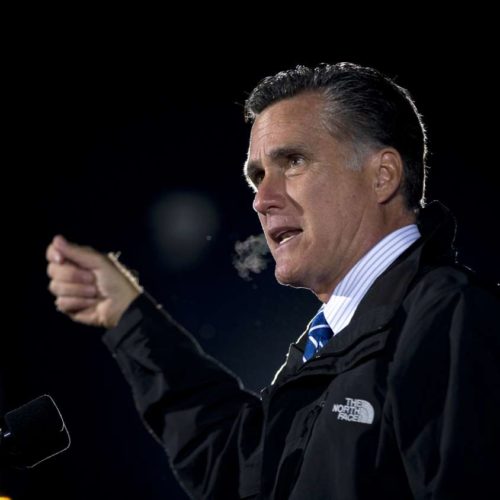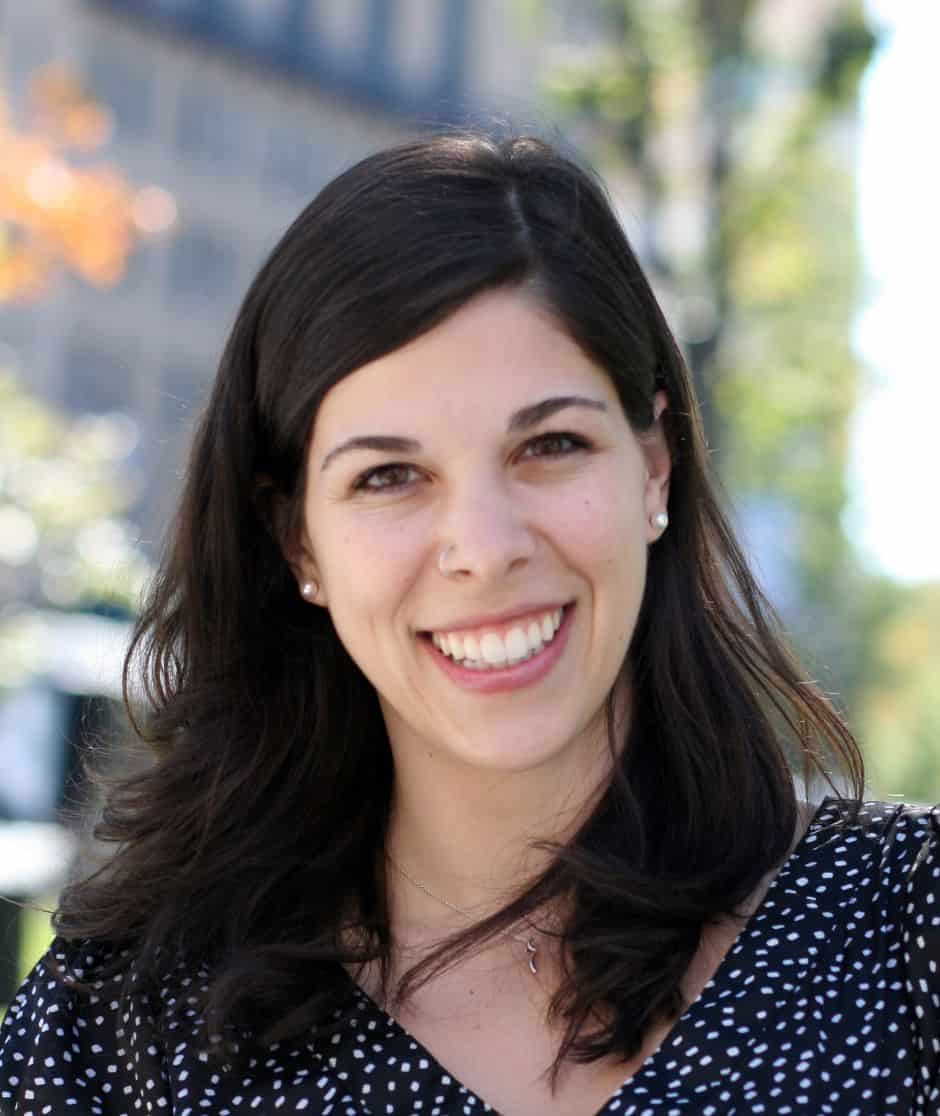Introduction
Since Labor Day, the once-unofficial start of the election season, 70 percent of outside spending on the presidential race made possible by the Citizens United Supreme Court decision has benefited Mitt Romney, according to a Center for Public Integrity analysis.
More than $106 million of the $117 million spent on the Obama-Romney matchup since Sept. 3 has been on negative ads, with President Barack Obama absorbing more than $80 million in attacks, according to the analysis of Federal Election Commission data.
By way of comparison, the Obama campaign has spent $346 million over the entire election and Romney has spent $288 million, according to the Center for Responsive Politics.
American Crossroads, a conservative super PAC co-founded by Republican strategist Karl Rove, is the top anti-Obama spender as well as the top overall spender among outside groups in the presidential election. Priorities USA Action, a pro-Obama super PAC, is the second-biggest outside spender in the race and the primary source of anti-Romney ads.
Overall, since Labor Day, super PACs, nonprofits and other Citizens United spenders have spent $217 million on “independent expenditures,” ads and campaign activities that urge voters to support or oppose a candidate and are reported to the FEC. The total does not include regulated political action committees and party spending.
Super PACs, which can receive and spend unlimited amounts from individuals, corporations and unions, are responsible for 55 percent of the spending. Nonprofits, which can act in the same way as super PACs but need not publicly disclose their donors, make up 44 percent of the total.
The rest comes from union treasuries, 527 committees not organized as PACs or super PACs, individuals and corporations.
U.S. Senate races attracting the most attention are in the battleground states of Virginia, Ohio and Wisconsin. Republicans are hoping for a strong enough showing to take control of the upper chamber this election.
In Virginia, tops among Senate races in outside spending, former Gov. Tim Kaine, a Democrat, and former Sen. George Allen, a Republican, are aiming to replace retiring Democratic Sen. Jim Webb in a race that has drawn $12.8 million since Labor Day.
In Ohio, Republicans are desperate to unseat Democratic Sen. Sherrod Brown, and in Wisconsin, Democratic Rep. Tammy Baldwin and former Republican Gov. Tommy Thompson are vying to replace Democratic Sen. Herb Kohl. Both races have attracted $11.1 million.
The top U.S. House race in terms of outside spending is California’s 7th District, which pits physician Ami Bera, a Democrat, against Republican Rep. Dan Lungren. The race has attracted $5.3 million.
Ohio’s rejiggered 16th District, where Democratic Rep. Betty Sutton squares off with Republican Rep. Jim Renacci, has been the second-most expensive House race for outside spenders since Labor Day, bringing in $4.6 million. And Pennsylvania’s 12th District race — Democratic Rep. Mark Critz versus attorney Keith Rothfus, a Republican — comes in a close third with $4.5 million.
Total Citizens United-related spending since Labor Day: $217.3 million
Super PACs — $119.9 million
Nonprofits — $95.9 million
Unions — $1.3 million
Other — $160,000
Total spent on the presidential race since Labor Day: $118.7 million*
Pro-Romney and anti-Obama ads: $85 million
Pro-Obama and anti-Romney ads: $32.2 million
Most expensive House races since Labor Day:
California’s 7th District, $5.3 million
Ohio’s 16th District, $4.6 million
Pennsylvania’s 12th District, $4.5 million
Most expensive Senate races since Labor Day:
Virginia, $12.8 million
Ohio, $11.1 million
Wisconsin, $11.1 million
*Third-party candidates make up the remainder.
Read more in Money and Democracy
Money and Democracy
Daily Disclosure: Union-funded ads slam Allen in Virginia Senate race
Allen campaign decries ‘scare tactics’
Money and Democracy
Pro-environment group gave grant to conservative nonprofit
Arrangement makes for strange bedfellows


Join the conversation
Show Comments